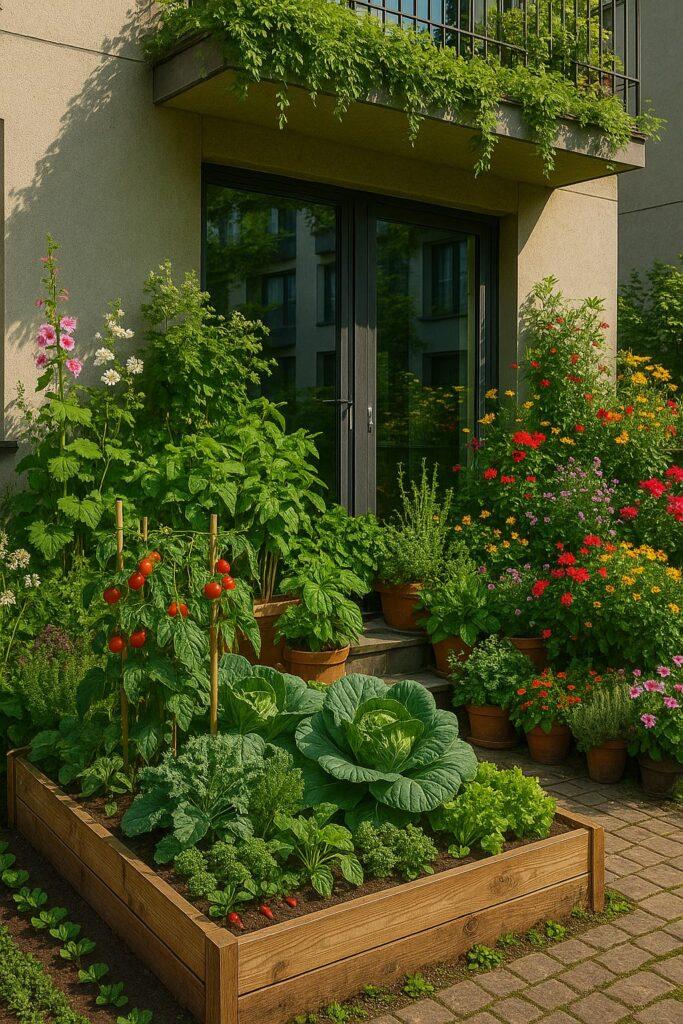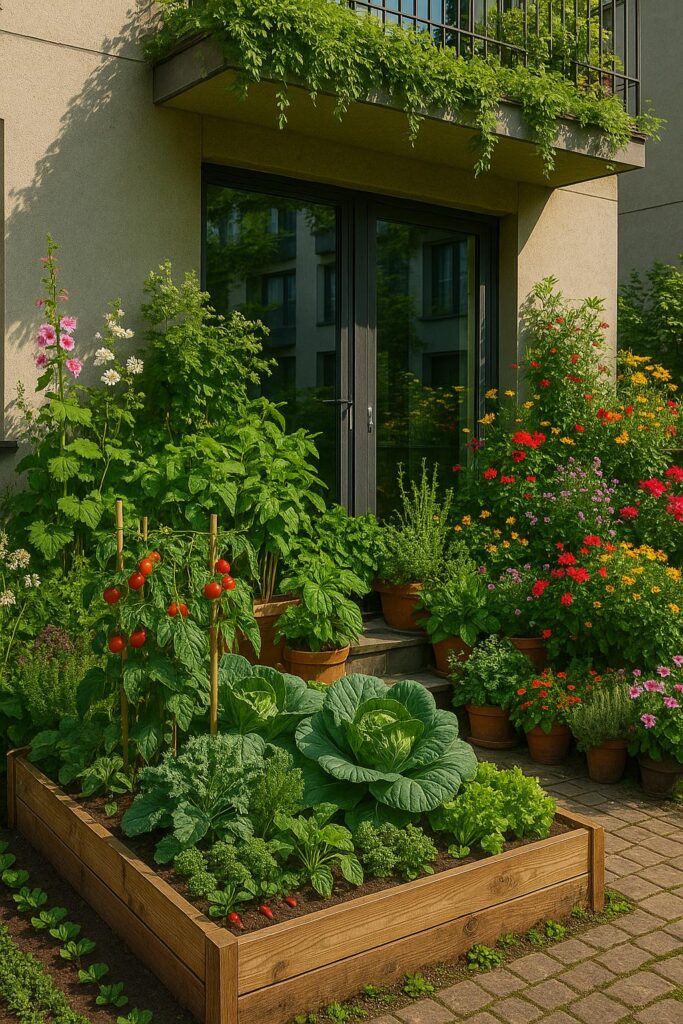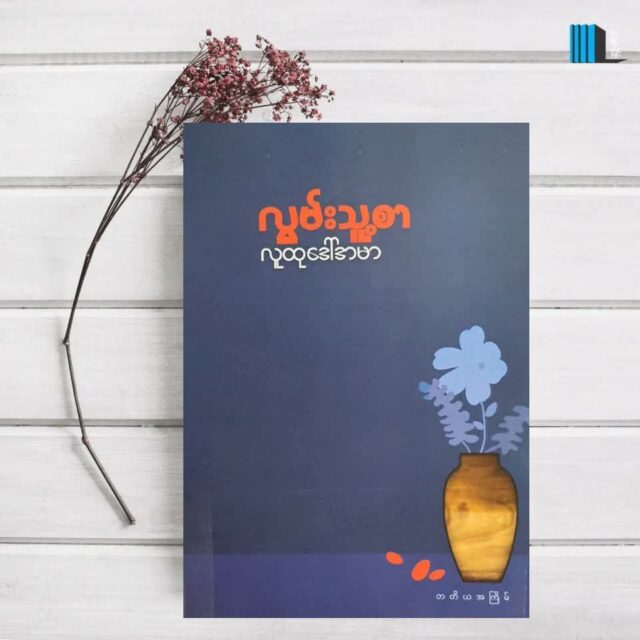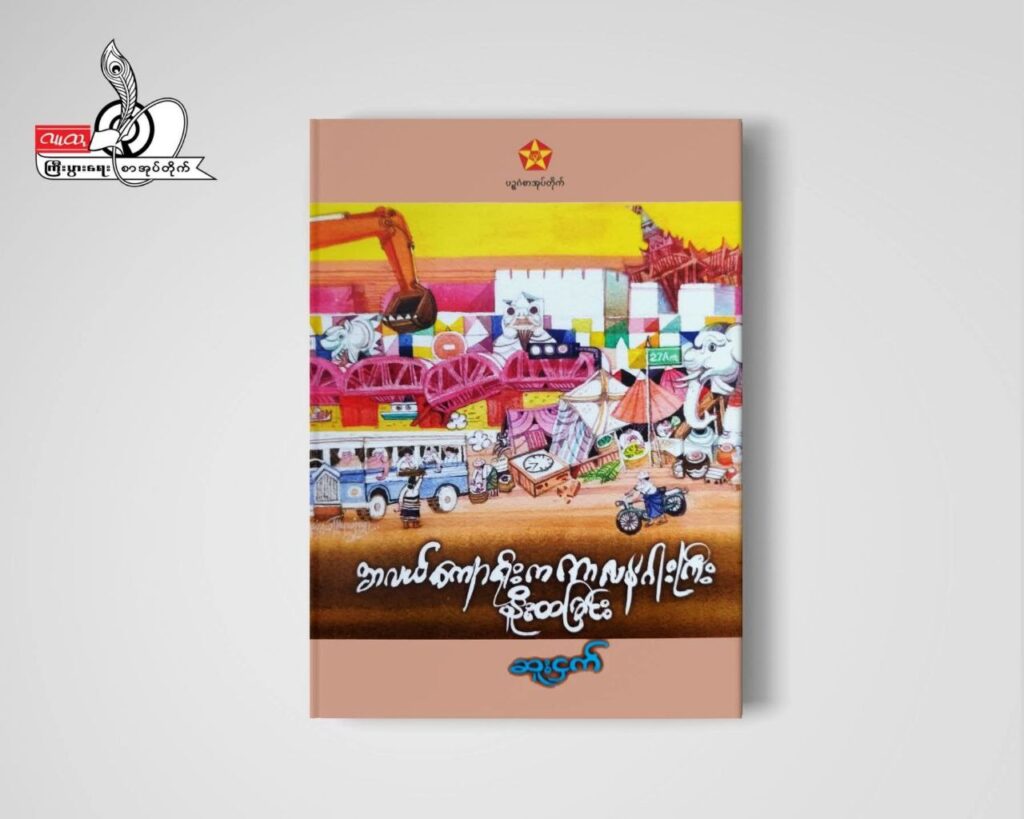Daily life of urbanites: How to manage a green society
Posted_Date
Image

Body
Myanmar is a country with vast areas of unused and vacant land suitable for cultivation. These lands, though left idle, include farmlands and agricultural plots that could be used more effectively. Some enterprising groups have already begun utilizing them for crop cultivation and are earning income by selling their produce to both local and foreign markets.
If such unused land exists throughout the country, all rural areas could potentially benefit. Citizens living in these rural regions can enjoy the advantages and benefits gained from engaging in systematic agricultural practices.
Oxygen, which is essential for human life
Except for those living in densely populated cities and crowded urban areas, people who cultivate crops on unused land rely on their own strength and simple tools to grow vegetables and fruits that can be used as ingredients in daily meals. Working in the fields also promotes physical activity, which benefits their health. Observing the growth and progress of their farms brings them peace of mind and happiness. Moreover, vegetable plants, like all green plants, release oxygen as a byproduct of photosynthesis. During this process, plants convert carbon dioxide and water into glucose using sunlight’s energy. Oxygen is produced as a waste product and released into the atmosphere, useful for all human beings.
Humans cannot live without forests and trees in their environment. Just as the seasons change, the natural cycle renews forests and trees, including the climate conditions where people live. In desert areas where trees do not grow, afforestation efforts with drought-resistant tree species help to create a green and lush environment suitable for human habitation. Because of this, agricultural techniques from tropical regions are adopted worldwide, even from countries with arid climates.
Myanmar is a country rich in both farmland and pastureland. While urban areas like Yangon have fewer fields and farmlands compared to rural regions, many households still have small gardens or planting areas around their homes. Even where no large plots are available, people plant crops in pots or containers, such as arranging flower pots in neat rows or planting vegetables in narrow spaces along fences.
Opportunities for greening activities
Even in densely populated cities and crowded urban areas where people live in apartments and flats, there is still some available space for gardening. Many residents with small balconies or unused corners in their apartments take the opportunity to grow plants year-round. These small gardens can be planted with seasonal vegetables and herbs according to their preferences.
The key factor is the desire to cultivate. Whether someone has a large plot of land or just a small space, with creativity and effort, they can grow fresh vegetables and herbs. Even those living in cramped spaces with limited outdoor area can use simple methods to grow fruit trees, flowering plants, and vegetables in pots or containers. The cost is usually low, and it can be a relaxing activity during free time that benefits both mind and body. Moreover, nurturing these plants will be a pleasure for urbanites as well as a green decoration move for their society. Because of this, there is no need to overexert oneself in cultivation.
For those living in apartments, it is common to use small, well-organized spaces for growing plants. Many people divide their limited space into sections and cultivate various types of vegetables and herbs in stages. Some even grow plants in containers such as pots, old buckets or boxes, using vertical spaces like shelves or racks to maximize the area. By doing so, they develop skills in nurturing their small plants and appreciate the blessings of nature.
Therefore, every citizen should strive not only to create a comfortable living space for themselves but also to contribute to revitalizing the natural world in their surroundings. Growing a few vegetable plants or a small fruit tree can help keep the environment green, fresh, and peaceful. This effort also provides essential support to the wildlife and birds living alongside humans.
Like the story of the elder and the prince
Those who have larger plots of land should also plant a variety of vegetables, flowers, and fruit trees around their homes. The trees and plants they cultivate should be cared for throughout their lifetime. Moreover, for the benefit of future generations, water-saving measures such as rainwater harvesting, water tanks, and water containers should be used wisely. Due to difficulties faced by many urban residents, everyone should strive to create a clean and beautiful environment in their surroundings.
This principle is reflected in traditional Myanmar stories, such as those about the old man who planted a small mango tree, demonstrating the value of nurturing nature for future generations.
The fragrances from flowering plants refresh and uplift the mind
The plants grown in one’s own garden enhance the beauty of the home surroundings. The fresh, green trees and shrubs create a pleasant environment and refresh the minds of family members. After a tiring day at work, tending to these plants can be relaxing. Nurturing seasonal crops and flower plants is designed to take physical exercise daily. Growing your own vegetables also helps reduce some of the kitchen expenses. Eating fresh produce from your own garden brings unmatched satisfaction. Furthermore, the scents from the fruit trees and flowers uplift the spirit. Generally, the oxygen released by the plants contributes to the good health of family members and their environment.
Participating in environmental conservation by planting trees and shrubs, even in small spaces, helps protect the ecosystem. In today’s world, where global warming is a pressing issue, collective efforts to address environmental problems are crucial. The presence of trees maintains ecological balance. Small trees and plants support wildlife and insects, which in turn sustain human life and the natural cycle. Since the three realms of the world depend on each other, people living in these interconnected worlds must take care of them responsibly.
The fresh foods everyone consumes from the environment, including various types of trees, flowers, fruits, and vegetables, are not only directly available but also interrelated. These fresh foods form the foundation of health and nutrition.
As an example, from small plots to large areas, cultivating greenery can revitalize a country and create local ecosystems. Healthy green spaces will improve the well-being of family members and communities. Moreover, the benefits of planting are first enjoyed personally and then shared widely. Therefore, everyone must actively participate in planting trees, flowers, and fruit plants in their surroundings.
It is necessary to follow the steps of urban greening methods, especially for urbanites residing in apartments of housings with limited spaces. But the lesser spaces should not be considered a disappointment for urbanites. It is because they can create their environment with greening gardens as much as they can. As such, those urbanites need to exercise the following key points for the process of greening their gardens.
Creating a Personal Gardening Space
Apartment residents can begin gardening by utilizing small available spaces such as balconies, corridors, mezzanine floors, entire balconies, or any designated small plots within the apartments. The best methods include planting in flower pots, containers, or using vertical gardening systems.
Vertical Gardening
In apartments with limited space, vertical gardening is a highly effective method. With this approach, plants can be evenly arranged and grown on walls or clean indoor and outdoor surfaces. This not only addresses the issue of limited growing space but also adds aesthetic appeal.
Container Gardening
Using flower pots, tin cans, plastic buckets and bottles, cultivation can be done even in narrow, previously used spaces. Suitable plants for this method include eggplants, chilli peppers, tomatoes, golden onions, Shan coriander, and various leafy vegetables typically used in coconut milk-based dishes. This method provides fresh and quality produce for household use. The consumption of kitchen crops grown in apartment gardens that urbanites nurture brings a sense of personal satisfaction that cannot be exchanged with anyone; it is a unique and valuable part of their lives.
Hydroponics Gardening
For those living with advanced technology, hydroponics is a highly innovative method of cultivation. Since this technique requires no soil and uses only nutrient-rich water, it is easily applicable within apartments. With proper control, the vegetables produced are clean, hygienic, and rich in flavour and aroma as these are grown in their own patches as organic products.
Environmental Impact
Plants play a vital role in purifying the air and creating a calm, peaceful environment. They absorb carbon dioxide and release oxygen in return. Moreover, ornamental plants provide mental refreshment and help reduce stress. Such kinds of patches can contribute much to the beautification of the apartment as well as the pleasure of families.
Social Impact
Engaging in gardening activities together with family members within the household enhances family cooperation and has educational value. For young children, it fosters a sense of connection with nature and helps them understand the importance of life and sustainability.
For urban dwellers, planting and growing greenery is a beneficial activity that can be started with just a small amount of time, space, and investment. Not only does it enhance the beauty of one’s home surroundings, but it also plays a vital role in personal health and environmental conservation. In future urban lifestyles, hands-on cultivation will become essential for living in harmony with nature.
GNLM






